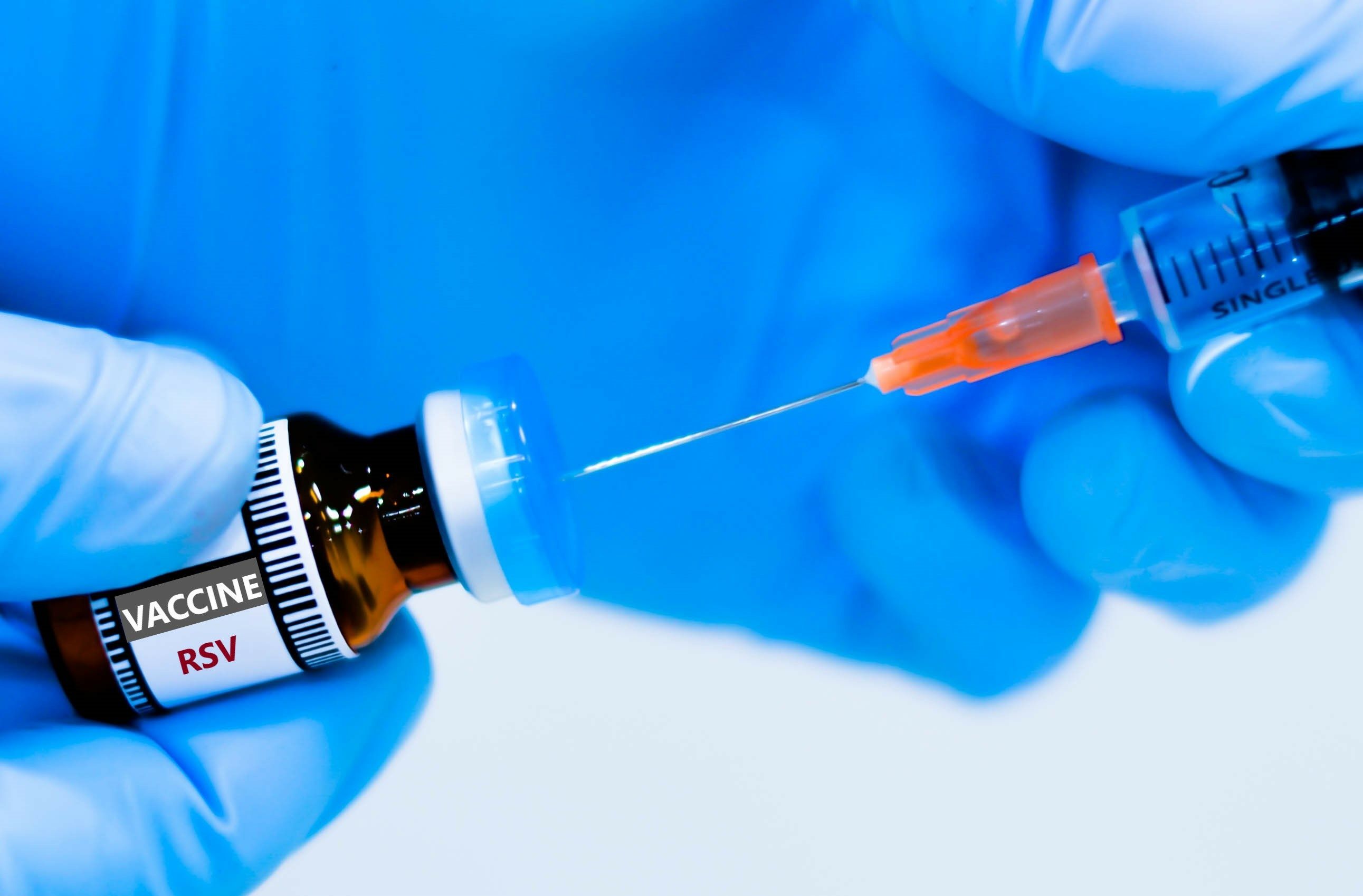Article
Should Bovine Heparin Reenter the US Market?
Although it was discovered in the early 1900s, unfractionated heparin remains one of the most commonly used anticoagulants in clinical practice today.
Although it was discovered in the early 1900s, unfractionated heparin (UFH) remains one of the most commonly used anticoagulants in clinical practice today.
UFH is a polysaccharide that exerts its pharmacologic activity by binding to antithrombin III (AT III) and interacting mainly with coagulation factors II and X.1 Similar agents include low-molecular-weight heparins like enoxaparin and dalteparin, which have shorter polysaccharide chains than UFH, and the pentasaccharide fondaparinux, which is a synthetic derivative of UFH that interacts only with AT III and coagulation factor X because of its lack of a long polysaccharide tail.
Heparin was first discovered in dog livers but later produced from bovine lungs, livers, and intestines in the 1930s. In the 1940s, porcine heparin from intestines was introduced to the market, where it remained alongside intestinal bovine heparin for the next 50 years.2
It wasn’t until the late 1990s that bovine heparin was withdrawn from the US market for 3 major reasons: 1) it was associated with higher rates of heparin-induced thrombocytopenia than porcine heparin, 2) it was less potent than porcine heparin, and 3) it spurred the bovine spongiform encephalopathy (BSE) epidemic. Humans who consumed BSE-infected cattle meat developed Creutzfeldt-Jakob disease (CJD). Although dozens of CJD cases were noted, none were directly tied to bovine heparin use. Nonetheless, manufactures voluntarily withdrew their bovine heparin products.
The drug’s withdrawal didn’t have a major impact on most patient populations, but some religious groups were left with a difficult situation. For instance, Jewish and Muslim patients who follow Kosher and Halal regulations are prohibited from eating pork or pork-derived products like porcine heparin. However, both Jewish and Muslim authorities have weighed in on the issue for their respective populations.
Because heparin isn’t taken by the enteral route, most Jewish leaders have stated that Jewish dietary laws don’t apply, so porcine heparin can be used.3 In addition, the law of medical necessity can be applied to medications that may otherwise be prohibited. However, this may still be an issue in more conservative orthodox sects.
For Muslim patients, the Islamic Medical Association of North America’s ethics committee states that the use of porcine heparin is permitted for Muslim patients based on multiple rules4:
1. Necessity makes prohibited things lawful.
2. If there are 2 evils, then you use the lesser one. In this case, the bigger evil is that not using the available heparin could lead to significant morbidity or mortality.
3. As long as there’s some modification of the original porcine product, then it’s appropriate to use. This may include agents like enoxaparin or fondaparinux, although their use may be limited based on patient-specific renal function.
With the supply line of heparin now consisting solely of porcine products that are limited geographically in terms of production, there could be heparin shortages in the future. This actually occurred in 2007, when heparin from China was adulterated and led to significant patient morbidity and mortality around the world. As a result, the FDA held a meeting in 2014 about possibly reintroducing bovine heparin to the market.
Since bovine heparin was taken off the market, new standards for porcine heparin preparations have been presented by the US Pharmacopeia. Similarly, specific bovine heparin standards may need to be introduced if the formulation is reintroduced to the market.
In addition, research has found that rates of HIT are actually no different between porcine- and bovine-derived heparin. Potency differences are still seen between the 2 formulations, however, so clinicians would need to be cognizant of dosing differences that could lead to significant medication errors.
The factors outlined above should weigh heavily on the FDA regarding the potential reintroduction of bovine heparin.
References
1. Garcia DA, Baglin TP, Weitz JI, Samama MM; American College of Chest Physicians. Parenteral anticoagulants: Antithrombotic Therapy and Prevention of Thrombosis, 9th ed: American College of Chest Physicians Evidence-Based Clinical Practice Guidelines. Chest. 2012;141(2 Suppl):e24S-43S.
2. Keire D, Mulloy B, Chase C, et al. Diversifying the global heparin supply chain: reintroduction of bovine heparin in the United States? Pharmaceutical Technology. 2015;39(11): 28-35.
3. Cohen R. Pork: the other white medicine. New York Times Magazine. Published August 18, 2009.
4. Fadel H. Use of heparin. Islamic Medical Association of North America.
















